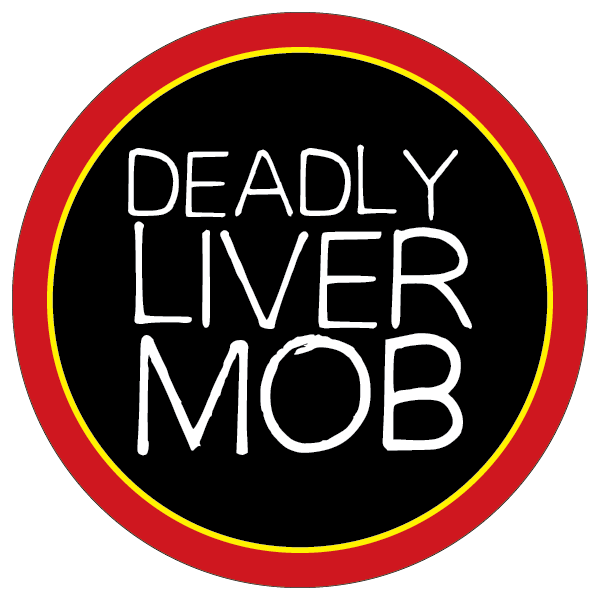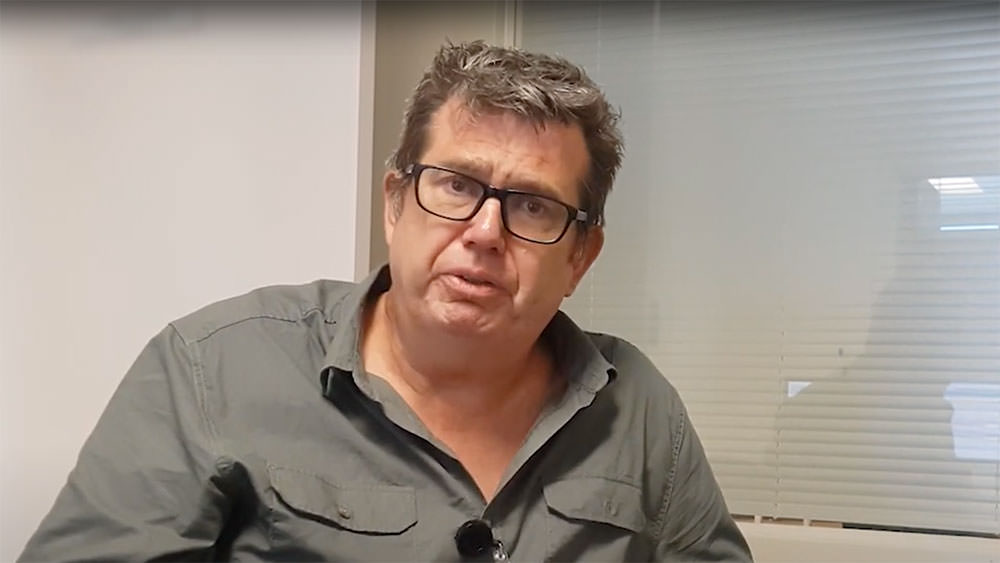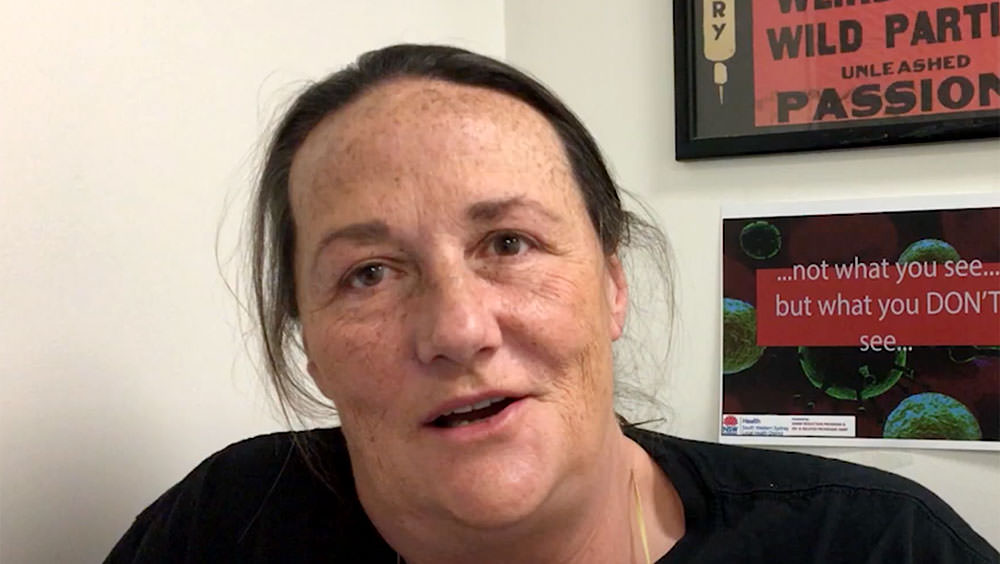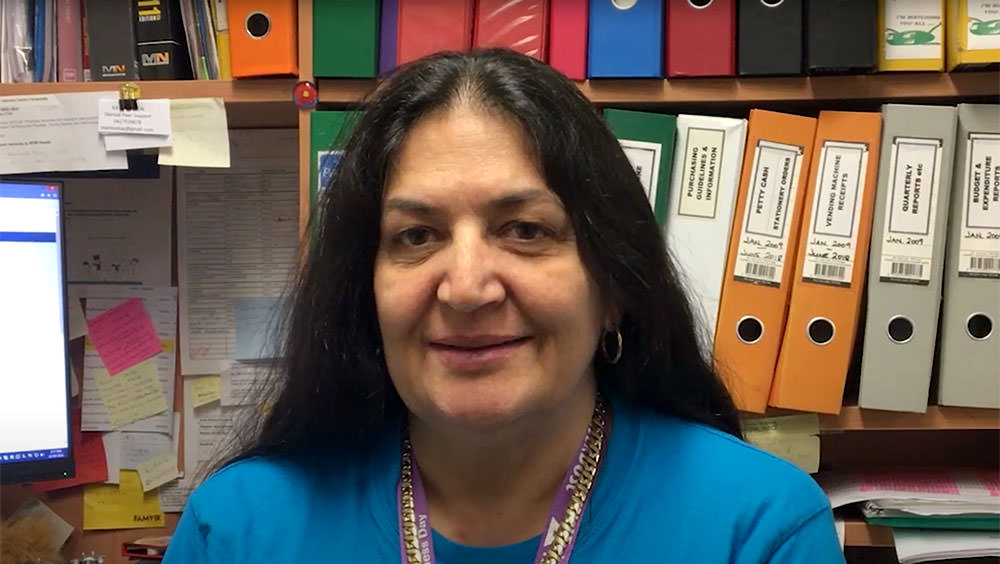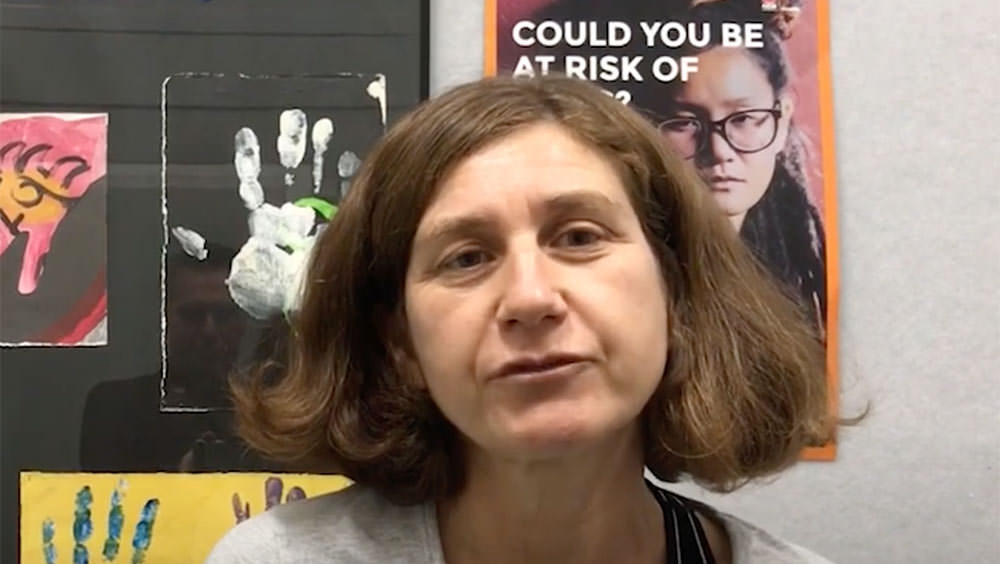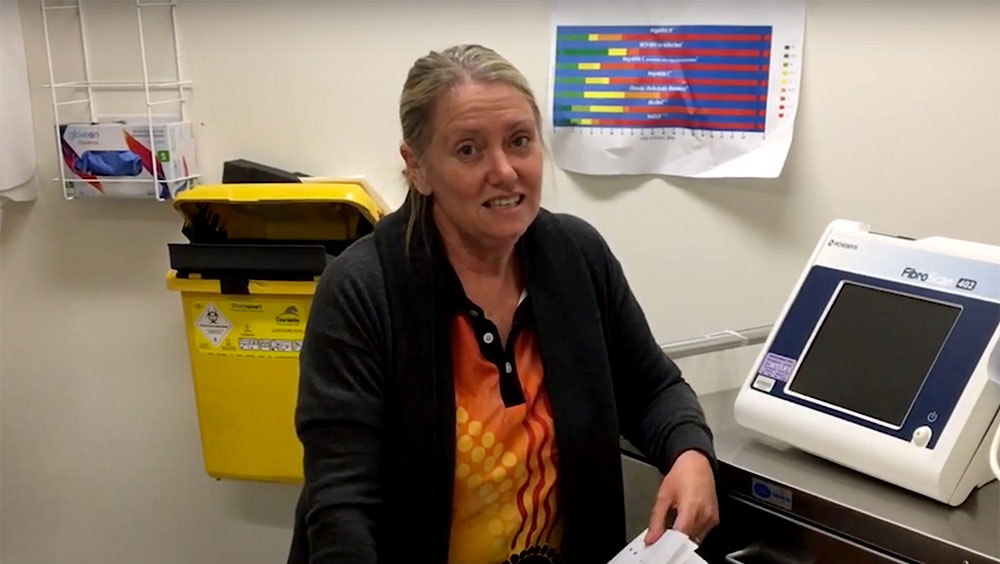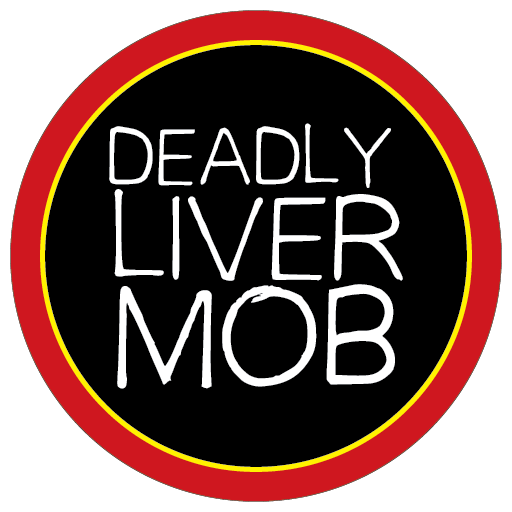Screening and treating blood borne viruses and sexually transmissible infections among non-Aboriginal people who have previously or currently inject drugs or who are considered ‘at risk’ is important from a public health perspective. Any non-Aboriginal persons who meet these criteria should be provided services including education, needle and syringe or sexual health services. However, Deadly Liver Mob is a program run by Aboriginal people, for Aboriginal people. Incentives should only be provided to the target group. This rule extends to non-Aboriginal partners of Deadly Liver Mob clients — while they should be encouraged to go through education and sexual health screening, non-Aboriginal partners will not receive any incentive payments. Non-Aboriginal partners who go through the program can still be recorded, as it will be useful to know how many people this applies to and get a broader picture of the benefits of the program to Aboriginal families. You can indicate that a person is a non-Aboriginal partner of a Deadly Liver Mob client on the Intake Card so that they can be excluded from analysis of the Deadly Liver Mob evaluation. Alternatively, the site can chose not to record non-Aboriginal clients on the spreadsheet.
It can be disappointing and stressful for Deadly Liver Mob workers to say ‘no’ to people who need support. Previous workers have been able to explain that this program is for the well-being of Aboriginal people. In some sites, a separate program, Postively Hep (Miller et al., 2019), was introduced to provide non-Aboriginal people with a similar program of education, screening and referral to treatment.
Reference
Miller, K., Sheaves, F., Maher, L., Page, J., Bridges-Webb, I., & Treloar, C. (2019). ‘C’ the potential: needle and syringe programs as hepatitis C treatment sites. Drugs: Education, Prevention and Policy, 1-3.
This program is dependent on an Aboriginal staff member(s) to work on the front line. Some Deadly Liver Mob sites were delayed in initiating the program as they were not able to recruit an Aboriginal worker. Other sites had to develop flexible ways to cover gaps in staffing, such as when Aboriginal workers were on leave or had left the position. Building rapport and trust with clients while the Aboriginal worker is in place, may allow other workers to cover these gaps or to provide service to Aboriginal clients on non-Deadly Liver Mob days (as no service should turn away clients if there are other ways to provide what the client needs).
Deadly Liver Mob requires Aboriginal staff to work in ways that are often different to their usual practice. Some Aboriginal staff were said to experience increased workloads, stress, burn-out and isolation at work, particularly in rural settings. Deadly Liver Mob programs should ensure that there is sufficient/enough support for Aboriginal workers to undertake this program work.
